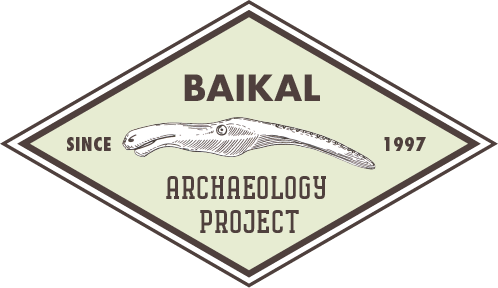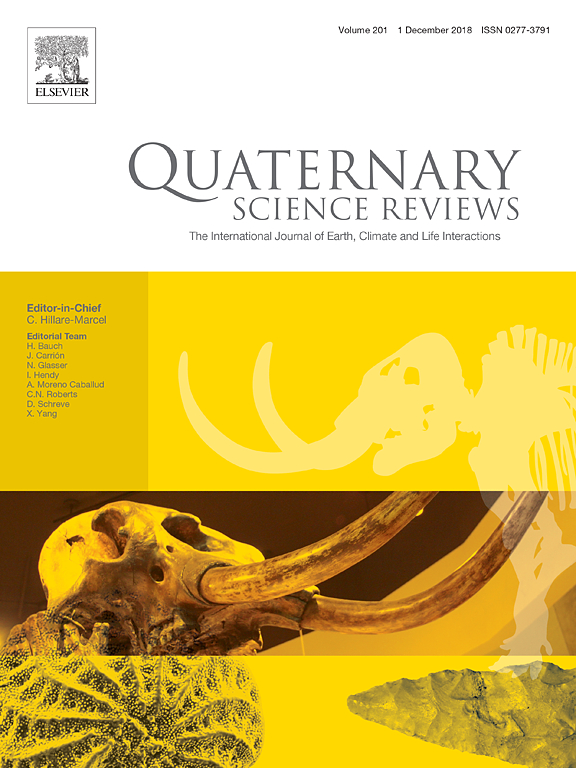With the increase in global wildfire activity in response to global climate warming, the reconstruction of long-term fire histories and their links to environmental and anthropogenic factors has recently become an important focus of palaeoenvironmental research. Here we compare the precisely radiocarbon (14C) dated long-term histories of vegetation change and fire activity from lakes Ochaul (Cis-Baikal) and Kotokel (Trans-Baikal) in the Lake Baikal Region (LBR) of Siberia, a known source region of wildfires whose past and future relationships with climate, vegetation structure and human economy are still poorly understood. Our results show that under cold and dry glacial climate conditions (32–18.2 ka BP) fire frequencies in both study regions were low. Deglaciation, which was characterised by the spread of woody plants, began around 18.2 ka BP, accompanied by a slight increase in fire activity. Differences in the fire records from both subregions are observed from the end of the Lateglacial (LG), with peak fire activity in Cis-Baikal during the Early Holocene (EH) and in Trans-Baikal during the Middle Holocene (MH). During the Late Holocene (LH) both regions are marked by generally low fire activity. We propose that the long-term spatiotemporal differences in fire activity during the EH–MH interval are primarily driven by vegetation composition and landscape openness and the resulting changes in fire regime. Interestingly, both peaks are also observed in a global-scale fire record, which suggests spatiotemporal complexity of the Holocene fire history. Low charcoal accumulation rates in both records during the Middle Neolithic (ca. 6660–6050 a BP) “cultural hiatus” archaeologically documented for Cis-Baikal suggest an LBR-wide population decline. On the other hand, the spread of Late Bronze and Iron Age cultures into the LBR from 3.5 ka BP may have at least partly driven the increase in fire frequency around Lake Kotokel.


